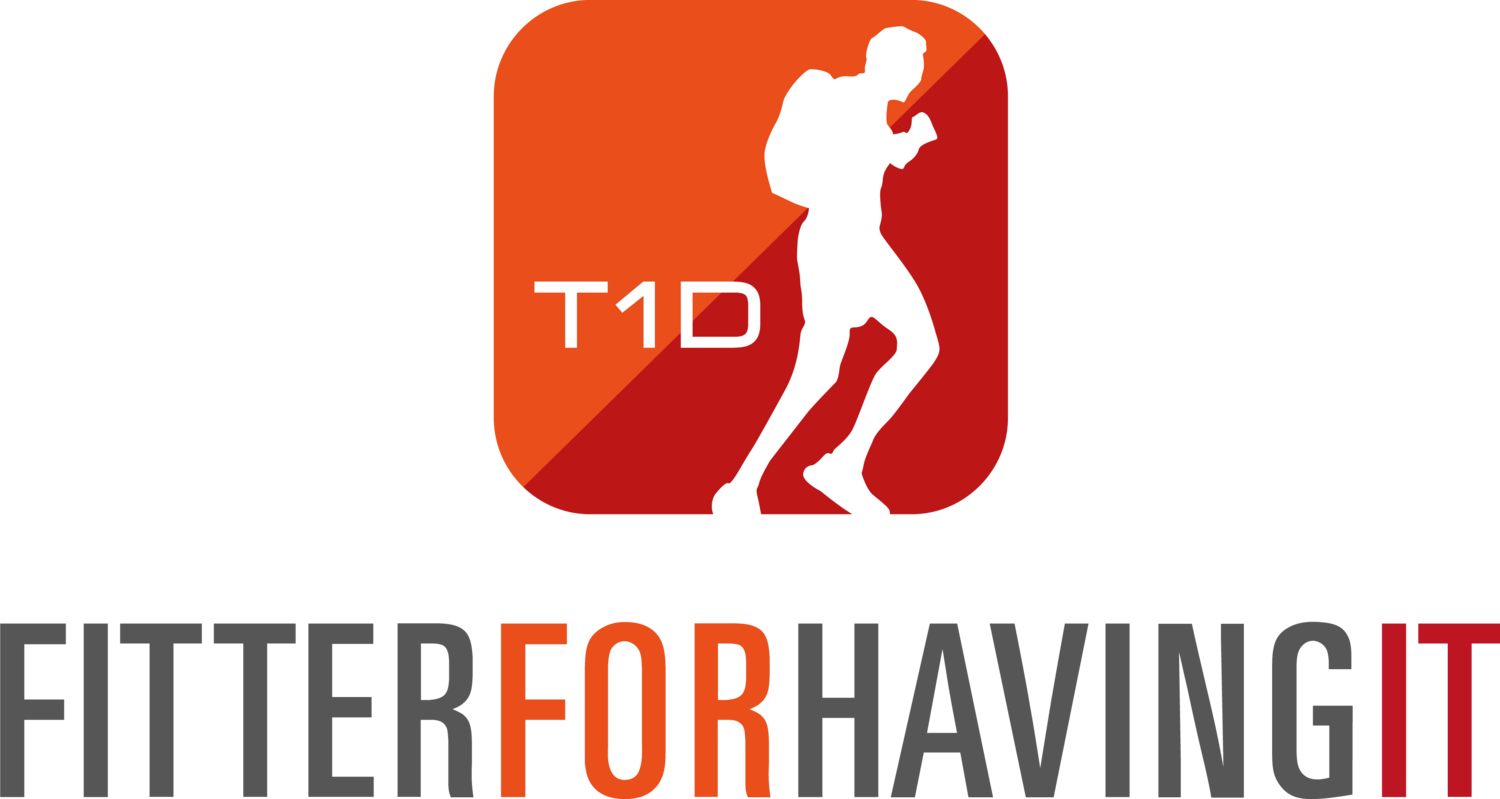How I exercise with type 1
Before I set out on the Big Red Run in July 2013 I wrote a note to my wife and kids.
I was worried that attempting such a tough race would end in tragedy. I wrote the note and it sat in the bottom of a filing cabinet. It told them how much I loved them, it told them to get out and do things that would make them happy, it told them my passion was challenging myself and that they should follow their passions. It also told them that I was doing something I loved.
They would only read the note if something tragic happened. BUT I didn’t write the note because I had diabetes, I wrote the note because there were safety risks to every runner and volunteer travelling to Birdsville. A few years earlier a fire had enveloped a 100km desert race in WA and changed lives of many, if not all, the competitors and crew. It was tragic, it was unexpected and it was a risk of events like this. My note was for the unexpected.
When I compete, I think am one of the safest runners on the course because of my diabetes.
I went into that incredible and gruelling adventure to prove a point to myself and to set an example to others on what someone with over two decades of T1D could achieve. That, you could in fact be fitter for having it. It would have been a disaster if diabetes had become a headline for the wrong reasons in 2013, so I prepared well. I put my diabetes Race Safest plan first.
It worked.
Safety is always at the forefront of my mind. When exercising I always have a diabetes management plan in my head. It’s rarely just Plan A. It’s normally Plan A, Plan B and Plan C. Adventure and endurance races mean you must take calculated risks, but not dumb ones. I never take risks with the diabetes parts.
The Race Safest plan I use for exercising with diabetes is simple:
> Regularly test BGL - every 30min if possible, 60 at most (the more widespread availability of CGM has made this easier, but wasnt available for most of my life!)
> Always have easy access to glucose and carbs
> Carry extras - food, insulin and BGL tests - even though it sucks
> Err on the side of high BGLs, never low
> Safety before speed - always respond to your symptoms or test results
> Alert others - wear a medic alert, write on your body or race number, notify organisers
> Foresight - plan ahead and train under race or event conditions
> Enjoy it - embrace challenge and discover how to beat T1D and your competition
> Set a reminder - BGL is affected hours after exercise, so keep testing after exercise, especially at night
> Take notes – after racing or training session reflect on what you did and how it went
The rest of your safety plan applies to everyone – appropriate training, nutrition, survival gear and letting people know what you are doing and where to find you if something goes wrong. But if you Race Safest it most likely won’t.
